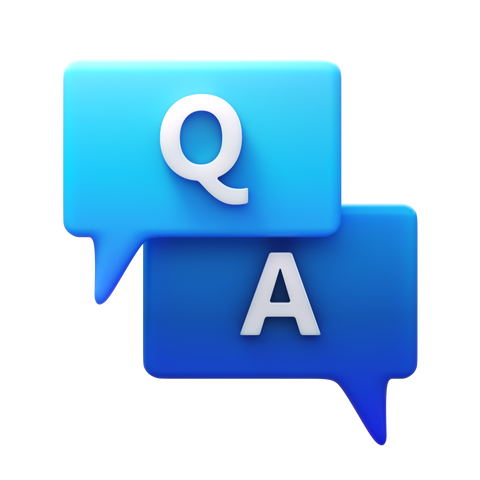Email Etiquette 101: Writing Professional Emails in English
In the modern business world, email remains one of the most widely used tools for communication. Whether you’re writing to a colleague, a client, or a prospective employer, the way you present yourself through email can shape the outcome of your interaction. Knowing how to write professional emails in English is an essential skill for anyone who wants to build credibility, avoid misunderstandings, and create lasting professional impressions.
Start with a Clear Subject Line
Your subject line is the first thing the recipient sees. A clear, concise subject line helps them understand the purpose of your message immediately. It should reflect the content and urgency of your email without being overly vague or too long. For example, instead of writing “Meeting,” consider writing “Proposal Meeting – Request to Reschedule.” This not only saves time but also shows professionalism and respect for the reader’s attention.
Use the Right Greeting
The tone of your greeting sets the stage for the rest of your message. In formal settings, begin with greetings such as “Dear Mr. Johnson” or “Dear Team.” If you’re writing to someone you know well or if the culture is more relaxed, “Hi Sarah” or “Hello James” may be appropriate. Avoid overly casual openers like “Hey” unless you are sure it’s acceptable in your company culture. When in doubt, choose the more formal version.
Get to the Point Quickly
Busy professionals appreciate messages that get straight to the purpose. Start your email with a sentence that states your reason for writing. For example, “I’m writing to follow up on our recent meeting” or “I’d like to request a few changes to the attached report.” Avoid long introductions or irrelevant details. Keep paragraphs short and easy to scan.
Use Polite and Professional Language
Tone matters, especially in writing. Since you don’t have vocal tone or body language to help, your word choice plays a big role. Use phrases like “Could you please…,” “I would appreciate it if…,” and “Thank you for your time.” These polite structures help maintain a respectful tone and build positive relationships. Avoid using slang, contractions (like “gonna” or “wanna”), and emojis in formal business emails.
Structure for Clarity
Break your email into clear sections. Use short paragraphs and, when appropriate, bullet points to organize your thoughts. This makes your message easier to read and understand, especially for non-native speakers or recipients reading on a mobile device. If your email contains multiple topics, consider using subheadings or numbering to clarify your message.
Be Careful with Attachments and Links
Always mention attachments in the body of your email and make sure they are clearly named and relevant. For example, say “Please find attached the updated budget file” instead of just attaching it silently. When including links, ensure they are accurate and secure. If you’re directing someone to a document or resource, briefly explain what it is and why it matters.
End with a Clear Call to Action
At the end of your message, clarify what you expect from the recipient. Do you want a reply, approval, or feedback? State it clearly: “Please confirm by Friday if you’re available for the meeting” or “Let me know your thoughts by the end of the day.” Always express gratitude and end with a professional closing such as “Best regards,” “Sincerely,” or “Kind regards,” followed by your full name and job title if appropriate.
Proofread Before Sending
Errors in spelling, grammar, or punctuation can make a professional email appear careless or rushed. Take a moment to read over your message before hitting “send.” Double-check names, dates, and facts. Reading aloud can also help you catch mistakes or awkward phrasing. If the email is especially important, ask a colleague to review it first.
Respond Promptly and Professionally
Good etiquette doesn’t end once you send your email. Replying in a timely and courteous manner shows respect for others’ time. Even if you can’t provide a full answer immediately, a quick reply like “Thanks for your message, I’ll get back to you tomorrow” keeps communication open and builds trust.

